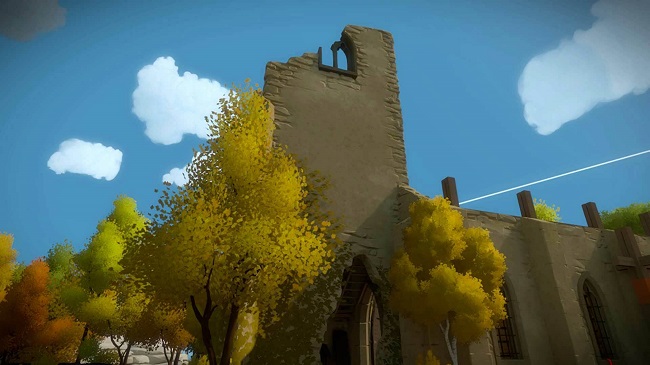If you have been looking for an easy-going, fun game to get you re-engaged in the puzzle genre, The Witness may be the game for you. It is a beautiful, defiantly colourful world to explore, rewarding you with progress as you play. Plus, it has some clever and exciting puzzles and an open-ended design that encourages you to stop and start your way through the game and try new puzzle-solving strategies to find a solution to the puzzles you have already completed.

Clunky controls
The Witness is a first-person open-world puzzle game with a story that revolves around an unnamed protagonist. To progress, the player must solve a series of puzzles. Throughout the game, the protagonist must use his skills to navigate a deserted island.
Unlike other modern puzzle games, the puzzles in The Witness are not overly complicated. While they can be a bit frustrating, the game is still fun. Depending on how long you spend playing, you could end up with over 40 hours of playtime.
The Witness offers some exciting environments. It’s set in a ruined city, and players can explore abandoned buildings, ruins, and forests. These are visually stunning, with cel-shaded graphics and realistic lighting.
Rewards progress with new puzzle-solving strategies
The Witness is a puzzle game that takes place on an island. It consists of hundreds of puzzles that you have to solve. Some puzzles are buried in the environment. Others require you to poke a screen or draw lines on a grid. Other puzzles may ask you to remove an unbroken line through a maze of electrical panels.
Most puzzles can be solved by examining their structure or listening to an audio file. They may even contain a buried video. As you progress, the puzzles become more complex.
Sometimes, you will need to learn solutions from other puzzles or players’ answers. This may cause a lot of frustration. However, the puzzles are rewarding and challenging.
The open-ended design encourages abandoning in-progress puzzles.
A few years back, I got a job designing the interactive component for a new VR game. This was a fun challenge, but at the same time, it gave me plenty of opportunities to ponder the pitfalls of creating a complex gaming experience. Unlike a standard game design, the development team had to consider the spatial constraints of a virtual world. To that end, they used several clever design strategies to create a memorable experience. The most notable was the use of entropic design.
One of the most excellent features of the entropic design was that it allowed the team to design a world where the sun was always shining. While limiting the oomph factor in gameplay, this produced a genuinely pleasant and refreshing experience.


